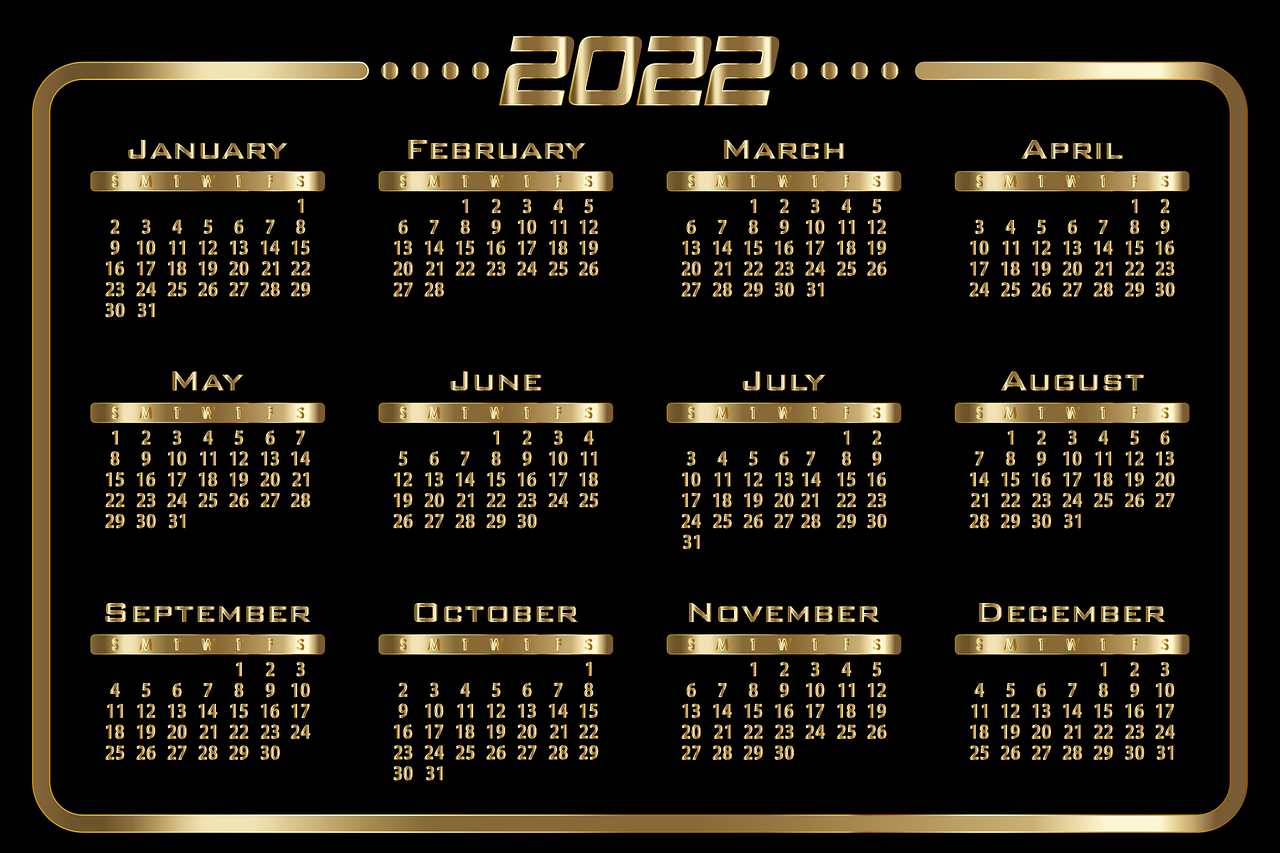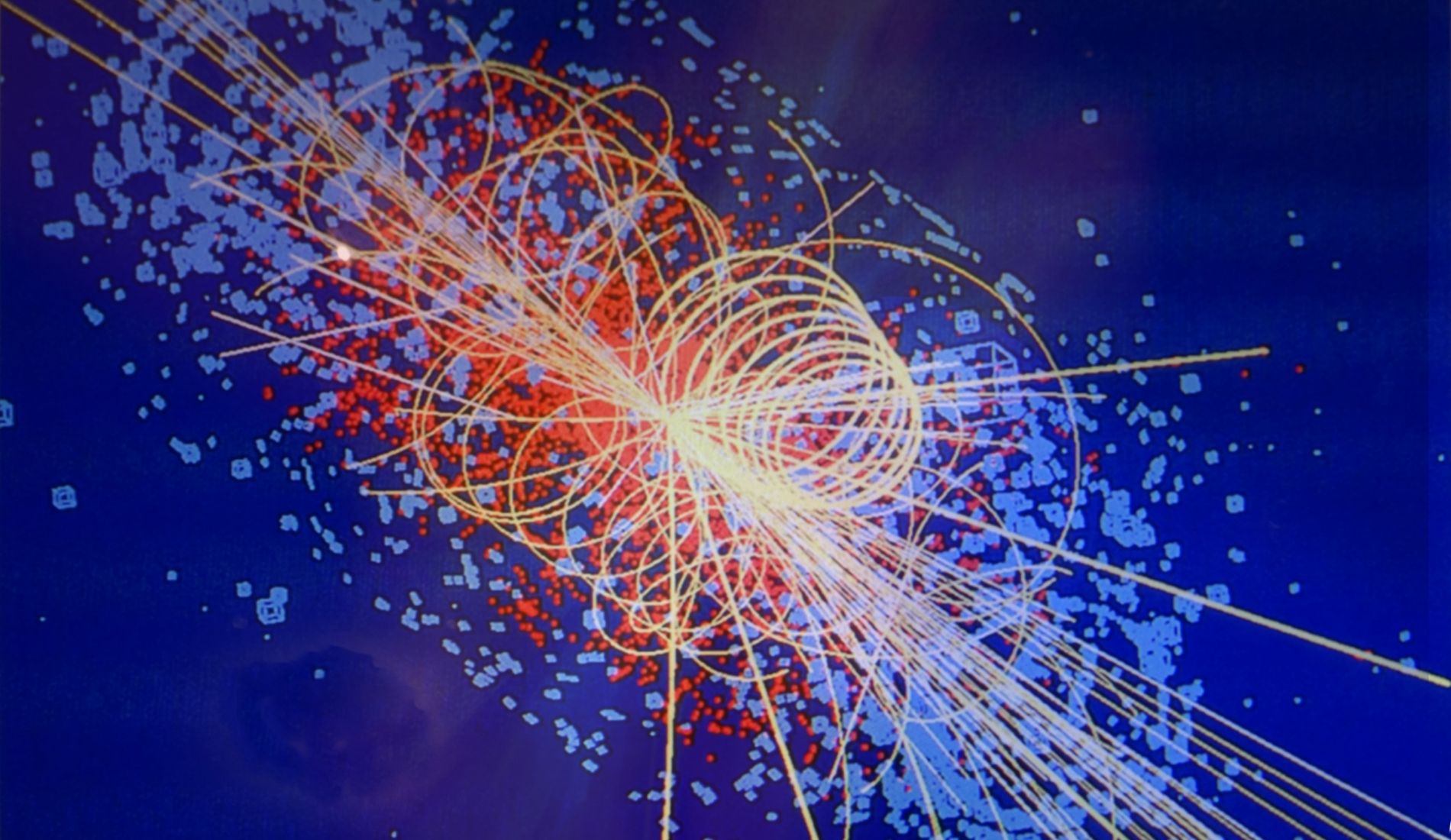Space Exploration Speeds up: InSight ‘Hears’ Its First Meteoroid Impacts on Mars

Space agencies have now started to run, making new records in space exploration. While NASA’s James Webb Space Telescope captured its first images and spectra of Mars on Sept. 5, 2022, providing a unique perspective with its infrared sensitivity on our neighboring planet, the space agency’s InSight lander has heard its first seismic waves from four meteoroid impacts, which took place on Mars in 2020 and 2021.
The detection of seismic and acoustic waves from an impact on Mars, as NASA stated in a new paper published Monday in Nature Geoscience, represents the first impacts detected by the spacecraft’s seismometer since InSight touched down on the Red Planet in 2018.
The impacted zone ranged between 53 and 180 miles (85 and 290 kilometers) from InSight’s location, a region of Mars called Elysium Planitia.
According to the paper, the first of the four confirmed meteoroids had made the most dramatic entrance. The space rock entered Mars’ atmosphere on Sept. 5, 2021, exploding into at least three shards that each left a crater behind.
The impact site’s position was then verified by a flight by NASA’s Mars Reconnaissance Orbiter over the location. Three darkened areas on the surface were visible thanks to the orbiter’s Context Camera in black and white. The HiRISE camera was employed by the orbiter’s crew to obtain a color close-up of the craters after they had located these sites.
“After three years of InSight waiting to detect an impact, those craters looked beautiful,” said Ingrid Daubar of Brown University, a co-author of the paper and a specialist in Mars impacts.
Scientists confirmed three further events had taken place on May 27, 2020, February 18, 2021, and August 31, 2021 after examining prior data.
Learn more about the first meteoroid impact NASA’s InSight lander detected on Mars in this video:
Why there haven’t been more meteoroid impacts on Mars has perplexed researchers. The primary asteroid belt of the solar system is just next to the Red Planet, which means there are enough space rocks nearby to scrape the planet’s surface.
The seismometer on InSight has detected over 1,300 marsquakes. The sensor, provided by the Centre National d’Études Spatiales of France’s space agency, is so sensitive that it can collect seismic waves thousands of kilometers away. But on September 5, 2021, the cause of the waves was officially confirmed as an impact for the first time.

Credits: NASA/JPL-Caltech/University of Arizona
The InSight team contends that other impacts might have been masked by wind noise or seasonal atmospheric shifts. But now that the particular seismic signature of a Mars impact has been detected, researchers anticipate finding more in the nearly four years of InSight data.
Seismic data offer numerous clues that will enhance researchers’ understanding of the Red Planet.
The bulk of marsquakes are caused by pressure and heat-induced cracking of underlying rocks. Scientists can study Mars’ crust, mantle, and core by observing how the resulting seismic waves alter as they pass through various materials.
Also Read: Are we wasting money in space?
The four meteoroid impacts that have been confirmed so far all resulted in minor earthquakes with a maximum magnitude of 2.0. While seismic signals from larger quakes, like the magnitude 5 event that occurred in May 2022, can also provide data about the planet’s mantle and core, smaller quakes only give scientists a view into the Martian crust.
However, the impacts will be important for altering the timeline for Mars. The paper’s lead author, Raphael Garcia of the Institut Supérieur de l’Aéronautique et de l’Espace in Toulouse, France, explains that impacts are the clocks of the solar system. “We need to know the impact rate today to estimate the age of different surfaces,” the lead author added.
By counting the number of impact craters existing on a planet’s surface, scientists can calculate the age of the planet’s surface. Scientists can then determine how many more impacts happened earlier in the solar system’s history by calibrating their statistical models based on how frequently they observe impacts happening right now.
A meteoroid’s trajectory and shock wave size may be recreated using data from InSight and orbital pictures. When a meteoroid collides with the Earth, it causes an explosion and a shock wave in the atmosphere. Sound waves from these events move across the atmosphere. When this sound wave reaches InSight, the ground is tilted more dramatically the larger the explosion. The seismometer on the lander is sensitive enough to measure how much and in what direction the ground tilts as a consequence of such an event.
“We’re learning more about the impact process itself,” Garcia said. “We can match different sizes of craters to specific seismic and acoustic waves now.”
Recommended: Webb’s Infrared vs the Distant Universe
The lander has more time to research Mars. The lander’s solar panels are losing power due to dust accumulation, which will eventually cause the spacecraft to shut down. It is challenging to predict with precision when the lander will shut down, but based on the most recent power assessments, engineers presently think it may happen between October of this year and January 2023.
For NASA’s Science Mission Directorate in Washington, InSight is managed by Caltech’s Jet Propulsion Laboratory in Pasadena, California. InSight is part of NASA’s Discovery Program, managed by the agency’s Marshall Space Flight Center in Huntsville, Alabama.
[Note: material may have been edited for length and content. For further information, please visit the cited source.]


